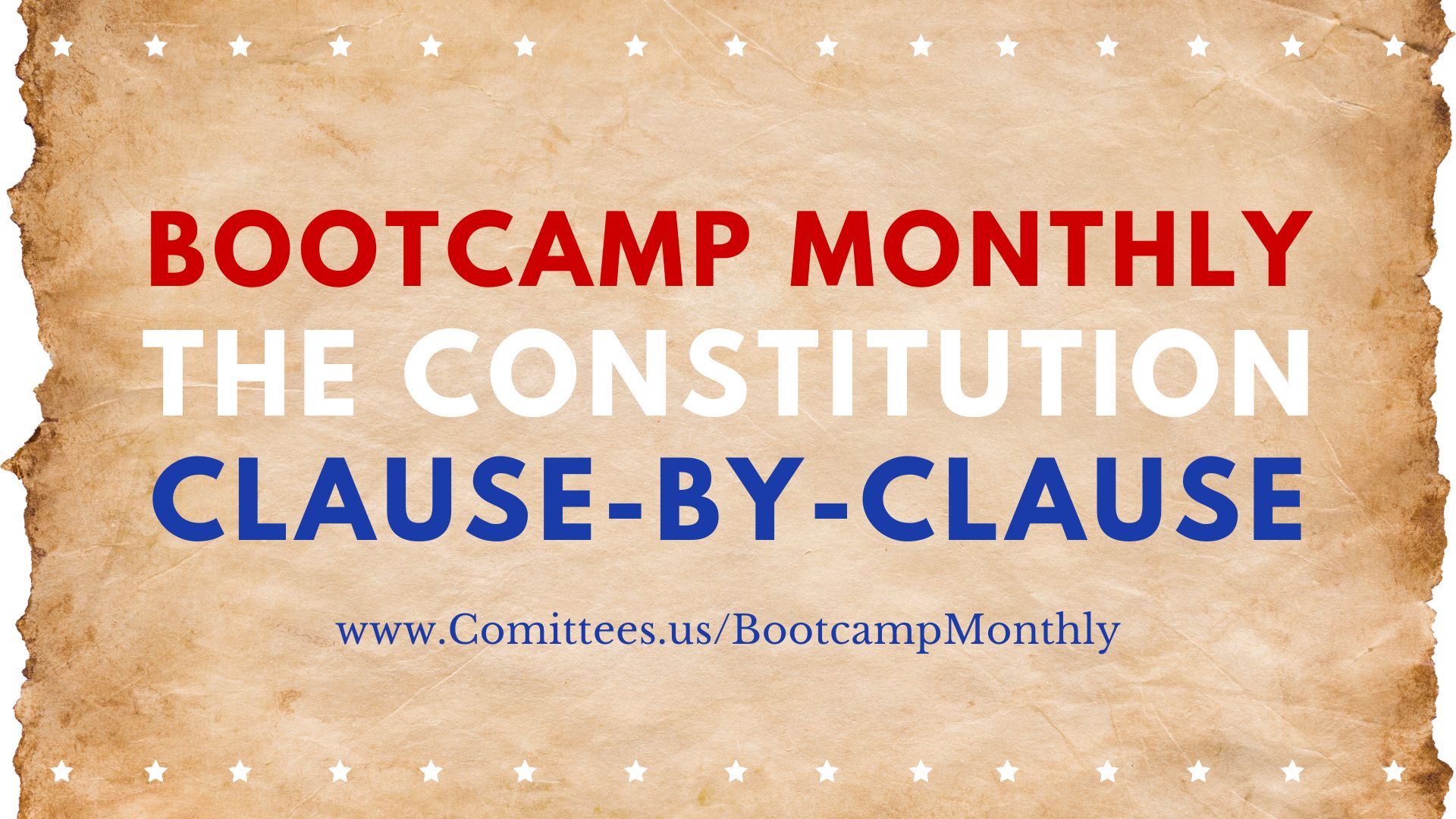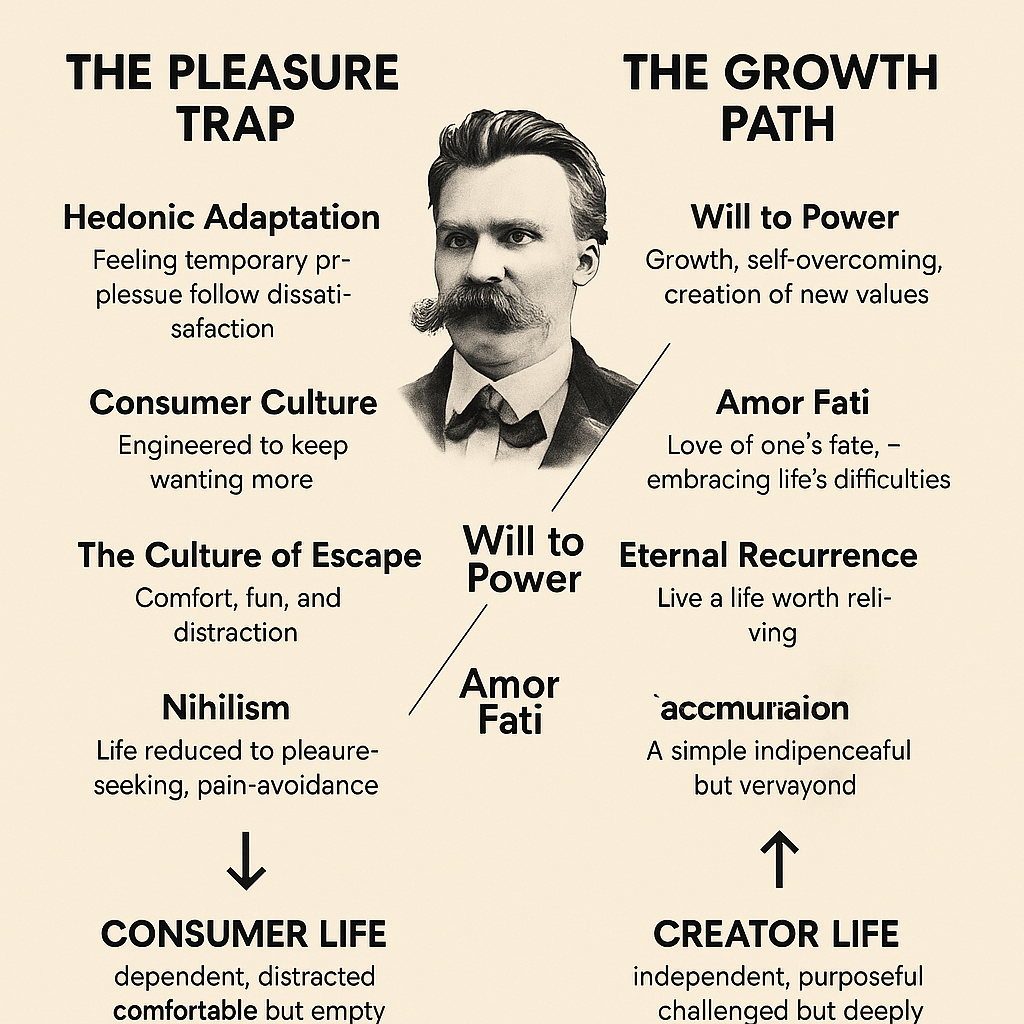The Democratic Party, originally associated with Andrew Jackson, is the oldest active political party in the United States. Its evolution over nearly two centuries reflects shifts in American society, politics, and values. Here’s an overview of the evolution of the Democratic Party from its early days under Andrew Jackson to the present:
Origins of the Democratic Party (1820s):
- Formation of the Democratic Party:
- The Democratic Party traces its roots to the Democratic-Republican Party founded by Thomas Jefferson and James Madison in the 1790s. By the 1820s, the Democratic-Republican Party began to fragment due to regional and ideological differences.
- The Election of 1824 led to a split in the party, as no candidate received a majority of the electoral vote. John Quincy Adams won the presidency in a contentious decision by the House of Representatives, which angered Andrew Jackson, who had won the popular vote.
- Jacksonian Democracy (1828-1837):
- In response, Andrew Jackson and his supporters founded the Democratic Party in the late 1820s, emphasizing a populist approach to politics. Jackson’s followers, known as Jacksonian Democrats, opposed the elite-oriented policies of John Quincy Adams and the National Republicans.
- Jacksonians championed the idea of the “common man” and sought to expand political participation by advocating for universal white male suffrage, reducing property requirements for voting, and promoting greater democracy at the state level.
- The party advocated for limited federal government, states’ rights, and opposed the national bank, which Jackson believed favored the wealthy elite over the average American.
- Jackson’s Presidency and Key Policies:
- Andrew Jackson became the first Democratic president in 1829 and served two terms until 1837. His presidency was marked by several key policies:
- Opposition to the Second Bank of the United States: Jackson viewed the bank as an institution of privilege and power that threatened democratic principles. He vetoed its recharter and withdrew federal funds, leading to the “Bank War.”
- Indian Removal Act (1830): Jackson’s administration forcibly removed Native American tribes from their lands in the Southeast, leading to the Trail of Tears. This policy aimed to expand territory for white settlers.
- Support for States’ Rights: Jacksonian Democrats favored states’ rights but were also prepared to use federal power to enforce national unity, as seen in Jackson’s opposition to the nullification crisis in South Carolina, where the state sought to nullify federal tariffs.
- Andrew Jackson became the first Democratic president in 1829 and served two terms until 1837. His presidency was marked by several key policies:
Antebellum Era and Civil War (1837-1865):
- Expansion and States’ Rights:
- After Jackson, the Democratic Party continued to support westward expansion, Manifest Destiny, and states’ rights. Democrats were often sympathetic to the interests of Southern slaveholders and promoted the expansion of slavery into new territories.
- The party became increasingly associated with agrarian interests, small farmers, and working-class Americans, particularly in the South and the frontier states. They opposed centralization of power in Washington, D.C., and generally favored minimal government intervention in the economy.
- Internal Divisions over Slavery:
- As sectional tensions grew over slavery, the Democratic Party became divided between its Northern and Southern factions. Northern Democrats, like Stephen A. Douglas, supported popular sovereignty (allowing territories to decide the slavery issue themselves), while Southern Democrats insisted on federal protection for slavery in all territories.
- These divisions became stark during the election of 1860. The party split into Northern and Southern factions, nominating different presidential candidates (Douglas in the North and John C. Breckinridge in the South), which led to the election of Republican Abraham Lincoln and the onset of the Civil War.
Reconstruction and Gilded Age (1865-1900):
- Post-Civil War Challenges:
- After the Civil War, the Democratic Party was largely in opposition. Southern Democrats were deeply opposed to the Reconstruction policies of the Republican-controlled Congress, which sought to rebuild the South, extend civil rights to formerly enslaved people, and protect their rights with military enforcement.
- Northern Democrats were more focused on economic issues, opposing tariffs and supporting limited government intervention in the economy. They often criticized Reconstruction efforts as overreach by the federal government.
- The “Solid South” and Racial Politics:
- By the end of Reconstruction in 1877, the Democratic Party had regained control of most Southern state governments. The South became known as the “Solid South” because of its unwavering support for the Democratic Party.
- Southern Democrats implemented Jim Crow laws and voting restrictions to disenfranchise African Americans, solidifying their political dominance in the region.
- Rise of Populism:
- In the late 19th century, the Democrats began to align themselves with agrarian interests, especially in the South and West. They supported the cause of small farmers and opposed big business, monopolies, and the gold standard, aligning with the rising Populist movement.
- In 1896, the Democratic Party nominated William Jennings Bryan, a charismatic populist, who advocated for free silver (to increase the money supply) and a platform that favored rural interests and economic reforms. Although Bryan lost to Republican William McKinley, his nomination marked a shift toward a more reform-oriented Democratic Party.
Progressive Era to New Deal (1900-1940):
- Progressive Reforms:
- In the early 20th century, the Democratic Party began to adopt some progressive reforms, particularly under the leadership of Woodrow Wilson (President from 1913 to 1921).
- Wilson’s presidency was marked by progressive economic policies, including the establishment of the Federal Reserve System (1913), the passage of the Clayton Antitrust Act (1914), and progressive income tax reforms under the 16th Amendment. He also supported labor rights and regulations.
- Shift to Urban and Labor Interests:
- By the 1920s, the Democratic Party started to become more representative of urban interests, immigrants, and the working class, especially in the North. The party began to attract a more diverse coalition, including labor unions and Catholic and Jewish immigrants.
- The New Deal Coalition:
- The election of Franklin D. Roosevelt in 1932 marked a significant transformation in the Democratic Party. FDR’s New Deal in response to the Great Depression fundamentally reshaped the party’s platform.
- The New Deal expanded the federal government’s role in the economy, established Social Security, and created numerous programs to provide jobs, relief, and reform. The Democratic Party became associated with social welfare, regulatory oversight, and government intervention to promote economic stability.
- This period saw the formation of the New Deal Coalition, which included urban workers, African Americans (who began shifting away from their traditional support for the Republican Party), Southern whites, immigrants, and intellectuals. This coalition helped the Democrats dominate American politics for several decades.
Post-War Era and Civil Rights Movement (1945-1980):
- Civil Rights Realignment:
- By the mid-20th century, the Democratic Party was increasingly associated with the civil rights movement. Presidents Harry S. Truman (who desegregated the military) and John F. Kennedy began to push for civil rights reforms.
- The Democratic Party became the party of civil rights during Lyndon B. Johnson’s presidency (1963-1969), with the passage of the Civil Rights Act of 1964 and the Voting Rights Act of 1965. These landmark laws ended legal segregation and protected voting rights for African Americans.
- The party’s support for civil rights led to a significant realignment, as many white Southern Democrats (often referred to as Dixiecrats) began to leave the party, moving toward the Republican Party, which increasingly adopted a “states’ rights” stance.
- Great Society and Expansion of Federal Programs:
- Johnson’s Great Society programs aimed to eliminate poverty and racial injustice, expanding federal government programs such as Medicare, Medicaid, and federal education funding. The Democratic Party became more associated with progressive social and economic policies.
- Vietnam War and the 1968 Realignment:
- The Vietnam War and civil rights struggles created deep divisions within the Democratic Party. The 1968 Democratic National Convention highlighted the internal conflicts over the war, civil rights, and social change.
- By the 1970s, the party had moved significantly to the left on social issues, embracing more liberal stances on civil rights, women’s rights, and environmental policies.
Modern Era and New Democratic Coalition (1980s-Present):
- 1980s Challenges and Shift to Centrism:
- In the 1980s, the Democratic Party faced challenges as Ronald Reagan’s conservative policies gained popularity. The party began to re-evaluate its approach, with figures like Bill Clinton and the Democratic Leadership Council (DLC) advocating for a more centrist, “Third Way” approach.
- This strategy aimed to appeal to middle-class voters by embracing both market-oriented reforms and maintaining a commitment to social justice and civil rights. The emphasis was on fiscal responsibility, welfare reform, and a moderate stance on economic issues.
- Bill Clinton and the “New Democrats”:
- Bill Clinton‘s presidency (1993-2001) epitomized the shift towards the center. His administration pursued policies like welfare reform, budget balancing, and free trade agreements (such as NAFTA) while also advocating for healthcare reform and gun control measures.
- This period solidified the Democratic Party as a coalition of diverse groups, including minority communities, urban professionals, and socially progressive voters.
- 21st Century and Progressive Resurgence:
- In the 21st century, the Democratic Party has increasingly embraced a progressive agenda on social and economic issues, including healthcare reform (Affordable Care Act under Obama), climate change action, LGBTQ+ rights, and income inequality.
- The party has seen a resurgence of progressive voices, with figures like Bernie Sanders and Elizabeth Warren advocating for more expansive government programs, universal healthcare, and wealth redistribution.
- The party remains a broad coalition that includes both moderates and progressives, with ongoing debates over the future direction of the party.
Conclusion:
The Democratic Party has undergone significant changes since its founding under Andrew Jackson. Initially rooted in agrarian populism and states’ rights, it has transformed into a party advocating for civil rights, social welfare, and progressive reforms. The party’s evolution reflects broader societal changes, shifting from a base of Southern farmers to a diverse coalition of urban professionals, minorities, and progressives.








